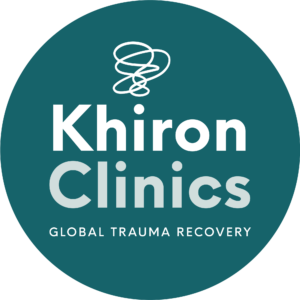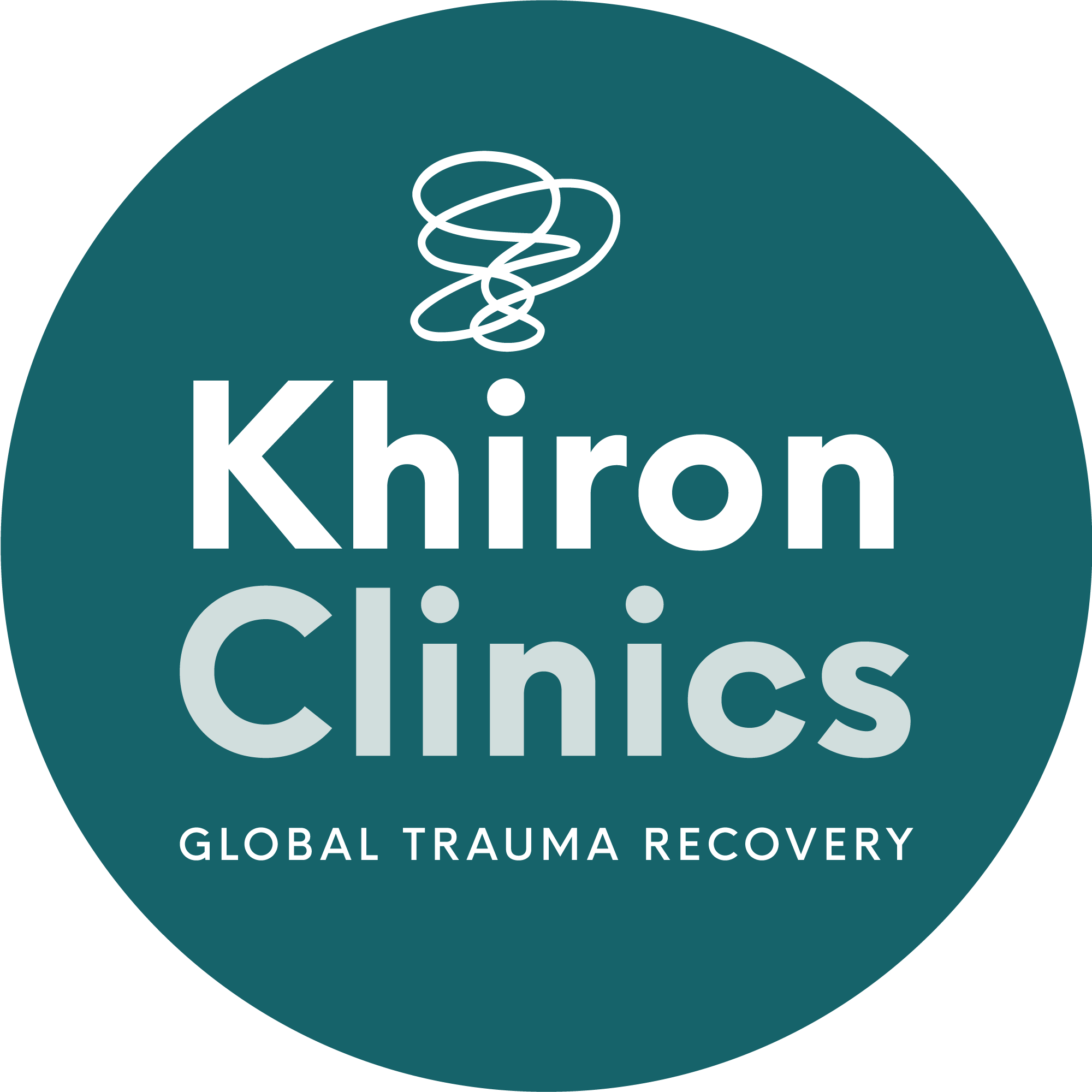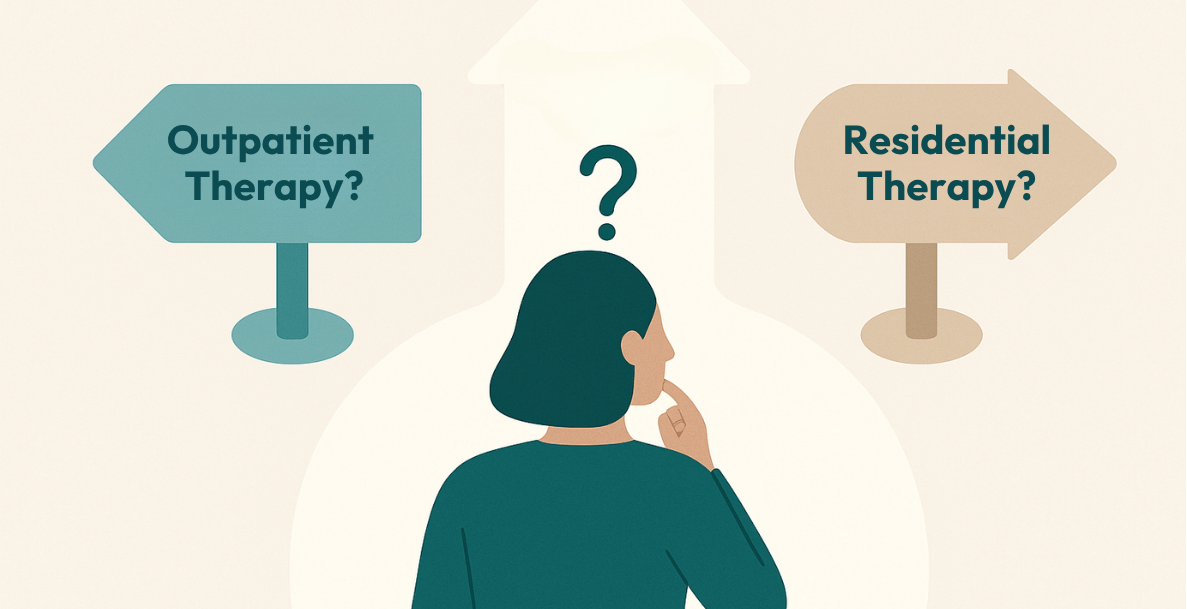Staying “stuck” in freeze response is more common than many people realise, and trauma often plays a significant role in making this state a long-term reality. Although we often associate freeze with a brief reaction to acute fear—like a deer caught in headlights—this survival mechanism can become a long-term way of operating in the world. For some, “functional freeze” becomes their default setting, making it difficult to connect with their feelings, desires, or sense of purpose. In this blog post, we explore why you may have been stuck in freeze response for years, how it numbs your emotional life, and ways you can begin to thaw the freeze and move toward healing.
What Is the Freeze Response?
The freeze response is part of our inbuilt survival system within the autonomic nervous system (ANS). When facing overwhelming threats that feel inescapable, our bodies may default to “freeze” or “shutdown” instead of fight or flight. In this state, the dorsal vagal branch of the parasympathetic nervous system (often associated with rest and digest) goes into overdrive, leading to reduced metabolic activity and a sense of being “shut down.”
Over time, this can become a functional freeze: on the outside, you may appear to function—working, socialising, and fulfilling responsibilities—but on the inside, you feel disconnected and numb. Emotions and sensations are dulled, and you might feel a lingering anxiety without understanding its source. Living like this for months or even years can make it easy to forget that there is a way out of survival mode.

Download the Brochure
Discover Our Innovative Trauma Recovery Pathway
Why We Get Stuck in Freeze
- Early or Repetitive Trauma
Prolonged or repeated exposure to threatening situations—especially during childhood—can anchor the freeze response as the default mode. When there’s nowhere to run or fight, the body chooses shutdown for self-protection. - Chronic Stress and Overload
When life’s demands become too great, or stress persists without relief, your nervous system can become overwhelmed. Rather than staying in a constant state of fight or flight, it might opt for freeze, resulting in numbness, exhaustion, and dissociation. - Conditioning Over Time
Humans are highly adaptive. If freeze mode “worked” to get you through dangerous or stressful experiences, your body may continue relying on this strategy. What began as a short-term reaction becomes a long-term coping mechanism. - Lack of Safe Outlets
Emotions need an outlet for expression and resolution. If your environment (past or present) does not allow safe expression of fear, sadness, or anger, the body may default to freeze for self-preservation.
Signs You May Be Living in Freeze Mode
- Emotional Numbness: Difficulty identifying or feeling emotions, either positive or negative.
- Detachment from Wants & Needs: A sense of not knowing what you want or need because you feel “blank.”
- Going Through the Motions: Fulfilling obligations but feeling like life is on autopilot.
- Persistent Anxiety or Dread: Background anxiety that lingers despite no obvious cause.
- Constant Fatigue: Feeling drained, even if you sleep or rest, because your body is stuck in a survival state.
- Difficulty Making Decisions: A sense of paralysis or overwhelm when faced with choices.
The Numbing Grip of Functional Freeze
Functional freeze can feel especially tricky to resolve because it doesn’t always present as a crisis. You might be able to show up for work, maintain relationships, and continue with daily tasks—yet internally, life feels lifeless and hollow. This disconnect can perpetuate a cycle of self-blame, as you wonder why you can’t “just snap out of it” like everyone else seems to.
In reality, this freeze state is your body’s attempt to keep you safe. By numbing emotions, it’s protecting you from perceived or historical threats. The key to healing lies in gently helping the nervous system rediscover a sense of safety and learn new ways of responding to stressors.
How to Begin Thawing the Freeze
1. Recognise the Signs
Awareness is the first step to change. Notice moments when you feel checked out or detached. Acknowledge these sensations as protective responses, rather than flaws or failures.
2. Develop a Somatic Toolkit
- Grounding Techniques: Deep breathing, mindfulness exercises, or simply focusing on sensory experiences (like the feeling of your feet on the ground) can help anchor you in the present.
- Gentle Movement: Activities like stretching, yoga, or walking encourage reconnection with your body and can help nudge you out of a frozen state.
- Progressive Muscle Relaxation: Systematically tensing and releasing muscle groups can signal safety to your nervous system.
3. Seek Trauma-Informed Therapy
Therapies like Somatic Experiencing, EMDR (Eye Movement Desensitisation and Reprocessing), or Sensorimotor Psychotherapy can help you process the underlying trauma and release the freeze response. This is often a gradual process, supported by a professional familiar with nervous system regulation.
4. Practice Self-Compassion
It’s important to remember that freeze is an unconscious survival strategy. Instead of criticising yourself for feeling stuck, treat yourself with understanding. Affirm that your body and mind are doing the best they can to protect you.
5. Create Safe Relationships
Healing often requires co-regulation—feeling safe with another person. This can be a therapist, support group, close friend, or family member who validates your experiences without judgment.
Find Support at Khiron Clinics
At Khiron Clinics, we specialise in helping individuals unfreeze from chronic shutdown by treating the root causes of trauma. Our globally recognised mental health clinic is informed, trained, and supervised by some of the world’s leading trauma experts. We guide you in:
- Reconnecting with Your Body: Employing somatic and polyvagal-informed therapies to restore trust in your own sensations.
- Processing Underlying Trauma: Providing a safe space to integrate and release past experiences that keep you stuck.
- Building Sustainable Coping Skills: Equipping you with practical tools to manage stress and maintain a sense of safety even after treatment.
You don’t have to remain in this protective freeze forever. Through specialised care, self-awareness, and consistent practice, it’s possible to reconnect with your wants, needs, emotions, and a renewed sense of vitality.
Ready to Shift Out of Freeze?
If you recognise yourself in these descriptions, know that lasting relief is possible. Contact Khiron Clinics to learn more about our trauma-informed approach. We’re here to help you thaw that frozen state and reclaim a life driven by genuine connection rather than survival alone.





